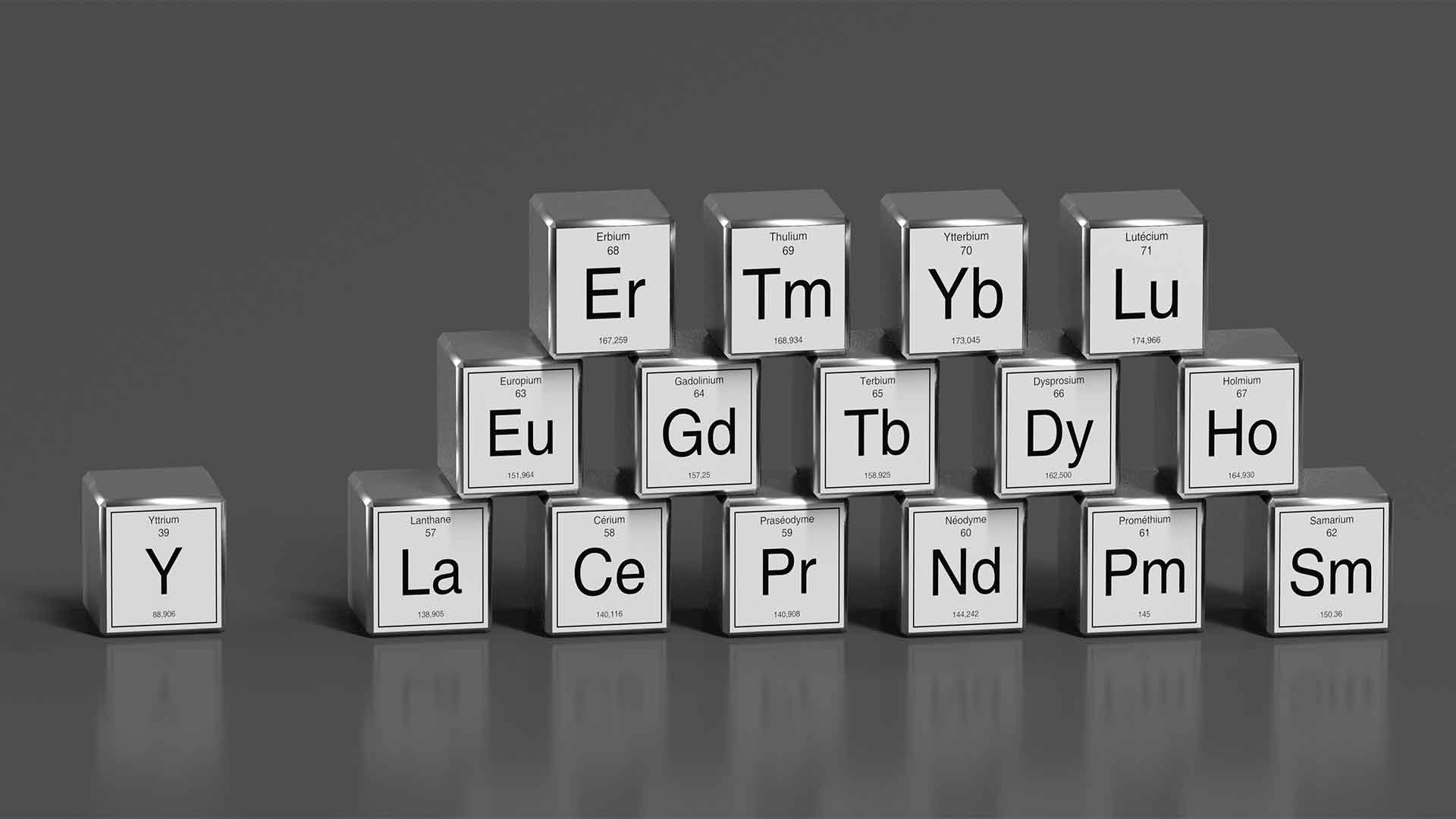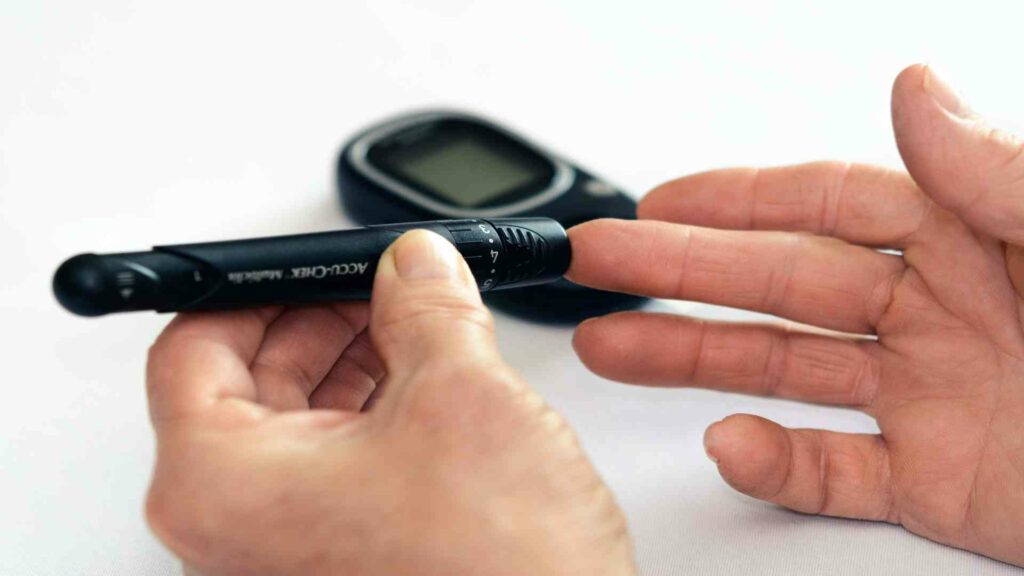Boron: A Strategic, Critical Mineral
It is time Boron was recognized as a critical mineral. Boron-based atomic clusters mimic rare earth metals, and in many cases, they are more abundant than rare-earth metals. Boron is the third most common element in the Earth’s crust (after oxygen and silicon), which means it can be found practically everywhere, even if it is difficult to extract and mine for commercial purposes. Boron has been used for over 100 years to make glasses, ceramics, fertilizers, washing powders, detergents, and flame retardants – but now it could also provide an alternative to rare-earth metals that are so often relied on by electronics manufacturers for their magnetic properties.

Rare earth metals
Rare Earth elements found in the f-block of the periodic table have particular magnetic and optical properties that make them valuable commodities. This has been particularly true over recent years as more technologies use rare earth metals for their components, including audio speakers, computer hard drives, camera lenses, MRI imaging television screens, or even a computer screen which is why we must protect these resources so they can continue being mined by future generations.
The rare earth elements are not only found in the Earth’s crust, but they can be scarce and expensive to extract. To make up for this lack of supply, many researchers have turned their attention towards finding cheaper alternatives that do not pollute our environment as much.
Scientists have shown that boron-doped lanthanide superatom clusters mimic the valence electron configuration of certain rare earth elements and may serve as a powerful alternative to expensive materials like those found in our current technology.
The discovery could lead us down an exciting new path for developing cheaper sources or alternatives.
The magic of cluster chemistry
Cluster chemistry is a process of combining atoms or molecules so that they are considered something between an isolated atomic species and bulk material. This field gained prominence when nanomaterials became popular areas for research, leading to many advancements in our understanding of how clusters react under different circumstances.
Superatoms are a subcategory of cluster chemistry in which an individual atom’s electrons have been combined with other particles to act as though they were one full-size valence electron. The combined vibrational and rotational energies for superatom clusters can be calculated using quantum mechanics, meaning their properties change depending on what was measured when calculating them rather than being explicitly tied to any given nucleus like common ionic species would typically be identified.
Boron and cluster chemistry
A study by Cheng et al., looks at what they call a “magic boron” counting rule. The atoms combined with lanthanide metals will contribute three unpaired electrons to the number of valence for that particular atom type. They investigated how magnetic properties reacted when diatomic compounds were doped into neodymium and europium clusters, respectively.
The researchers predicted that the spin characteristics of these particular superatom combinations should be similar to those in isovalent rare earth compounds and would therefore display a magnetic behavior. They tested this by creating an initial cluster with two different atoms – one from each class-to from their model system for studying valence properties using photoelectron spectroscopy; they compared experimental results against theoretical calculations made beforehand, which helped them understand more about how atomic orbital shapes affect an individual’s electron density distribution within solids.
Previous work had established that specific clusters could behave as superatoms by simply counting the valence electrons of atomic units in a group. One such example is when an atom has six equivalent nuclear charges and two extra electron shells called electropositive (-) ligands bonding to form neutral LaB6+. They wanted to test this same technique on boron-doped lanthanum which should have five total valence electrons but only four trapped inside its crystal lattice due to being doped externally.
Using photoelectron spectroscopy, Cheng et al. found that LaB adiabatic ionization energy (ADE) measured at 0.909 +/-0 .025 eV with four distinct vibrational frequency peaks around it representing neutralization of the LaB anion.
Results
By combining the vibrationally resolved photoelectron spectroscopy and high-level theoretical calculations, Cheng et al. have provided compelling evidence that LaB has four unpaired electrons. This is an analog to Nd since they both exist as a boron-doped superatom cluster with six valence electron pairs which can be formally denoted by two Books within each atom’s orbital configuration (orbital hybridization). Further experiments were also performed to assess whether this similarity would persist when examining another rare earth element called europium; experimental results confirmed seven low energy states like those found for its lysergic acid ester analogs group known scientifically through quantum chemistry studies on electronic structures of molecules containing these elements at their core.
Implications
There is a lot of volatility when it comes to the global rare earth metals market. Countries are fighting over the same and the situation has been worrisome for everyone considering China’s monopoly on rare earth metals.
Moreover, the global agenda of decarbonization has put an additional spotlight on the rare earth metals market. Decarbonization is making countries run away from carbon-based forms of energy and making them focus more on renewable sources of energy.
Hence, this research provides some much-needed relief because the world desperately requires alternatives that can help them develop cutting-edge technologies.
Boron – Bigger than expected
Because of Boron’s multiple use cases in the renewable energy arena, it is time that we started to view it as a strategic mineral. In the coming years, Boron will be a landmine of untapped potential because of its vast applications including:
Osmotic energy
Boron will play an important role in propelling photoelectron chemistry by using sunlight for generating hydrogen gas which goes on to become a clean fuel source. This could prove useful as countries around the world switch towards renewable sources of energy like solar power.
Solar energy
A recent study has found out that Boron might just be a better energy carrier than hydrogen. Because of this, the EU has invested a lot into Boron R&D to see how Boron can enhance their solar energy reserves.
Conclusion
Because of Boron’s wide-spanning use, it is crucial that Boron is revalued and that we invest more into its mining and extraction techniques. Most importantly, countries need to include Boron in strategic industries because of military and aerospace industry’s heavy reliance on Boron and its applications in aircraft and weapons. Not only is it important to secure a steady supply for the same, but it is also crucial that we develop technologies that allow Boron to be used efficiently across all industries.





